Solve multi-step length word problems with a printable pack of 3-act Maths Word Problem Worksheets.
What is a 3-Act Maths Task?
A 3-Act Maths Task is a way of teaching maths by telling a story or presenting a problem in three parts. First, students are hooked with an easy-to-solve problem. Next, they are presented with an additional problem requiring the previous answer. Finally, they are given a third problem using the previous answers and a new operation or task to complete using the information they’ve discovered during the last two acts.
Rigorous 3-Act Maths Word Problems for Measuring Length
With those high-stakes assessments looming, our job is to prepare our students for what they might encounter. Rigorous maths standards require students to apply their skills across multiple situations and be able to show their thinking and explain the mathematical reasoning behind their answers.
This collection of Three-Act Maths Tasks is designed to do just that. Modelled after multi-part questions commonly found on standardised tests, these tasks guide the student through three questions that require them to use information acquired in previous steps and apply that information to new scenarios. Each task consists of two purely mathematical questions and a third question that requires critical thinking and an explanation of answers.
This printable set of three-act maths tasks requires students to use their knowledge of length conversions and solving word problems with multiple operations.
Download, Print, and Use!
This resource is available as an easy-to-use Google Slides or Printable PDF Resource file. To get your copy, click the dropdown arrow on the download button to select your preferred file format. Make your copies, pass them out to your students, and you’re ready to begin!
This resource was created by Brittany Kellogg, a teacher and Teach Starter Collaborator.
Even More Problem Solving Worksheets and Resources
Discover more ways to boost your students’ problem-solving skills. Take a moment to browse through these related resources before you go.

teaching resource
Open-Ended Maths Problem Solving Cards - Upper Primary
Boost your students’ problem-solving skills with rigorous open-ended maths problems for Year 5 and 6 students.

teaching resource
Soccer-Themed Maths Problem Solving Worksheets
Practise multiplication, division and problem solving skills with a high-interest soccer-themed scenario activity.
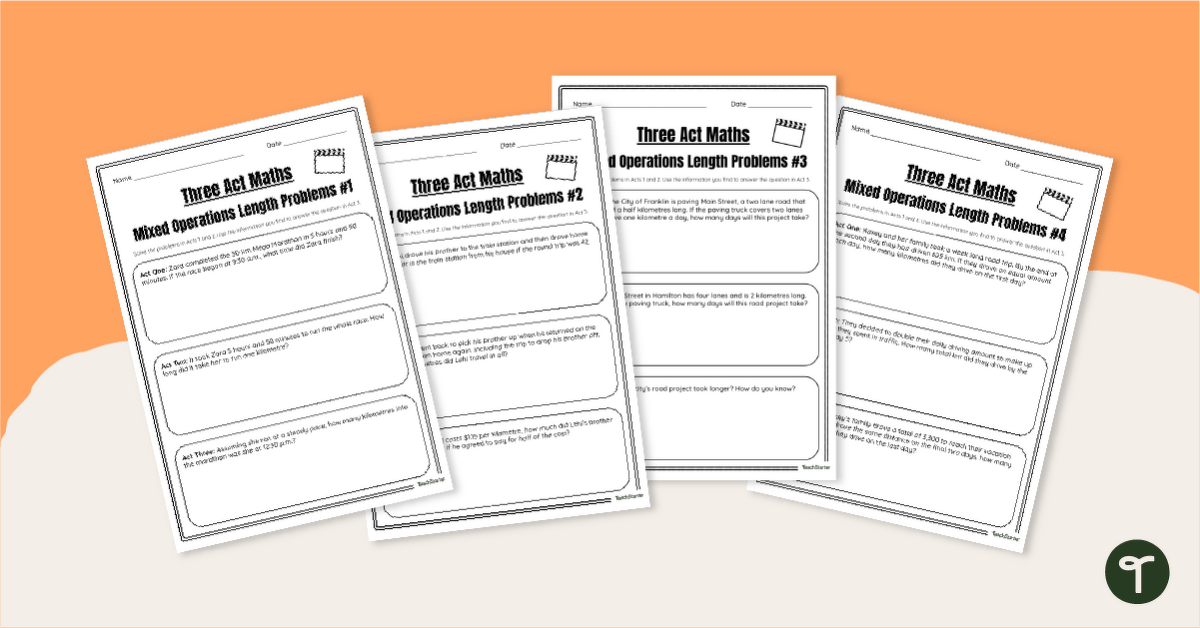


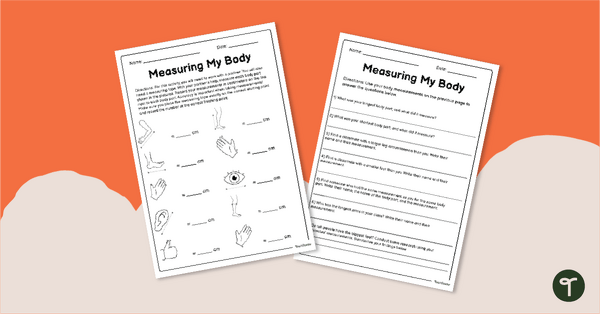
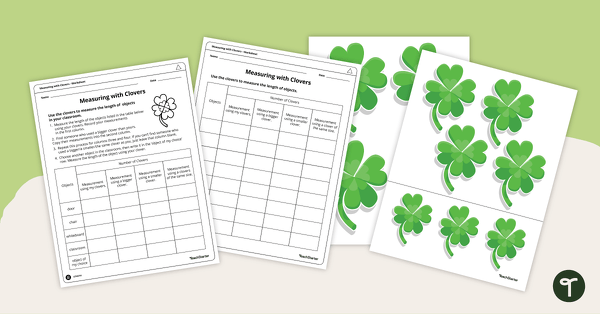
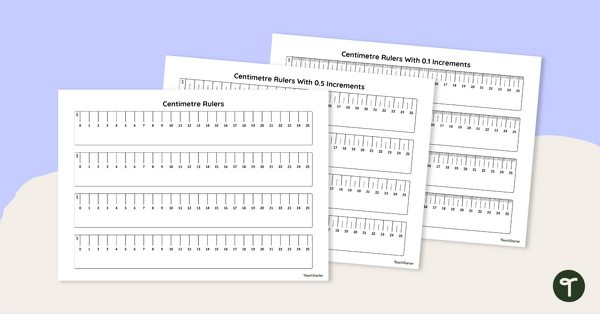




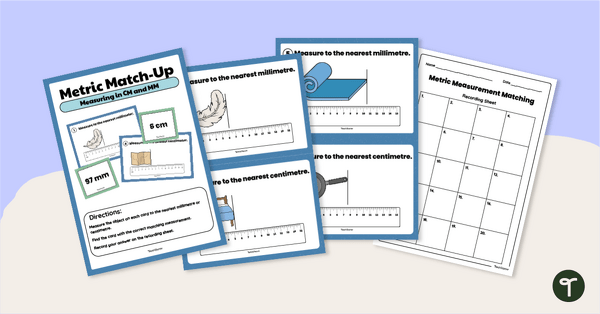
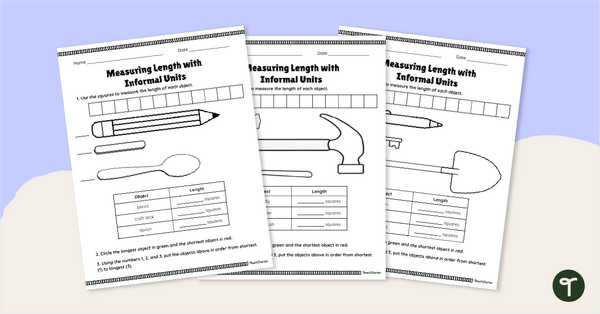
0 Comments
Write a review to help other teachers and parents like yourself. If you'd like to request a change to this resource, or report an error, select the corresponding tab above.